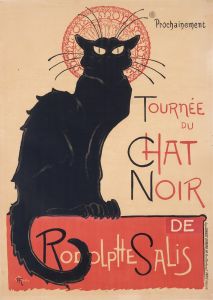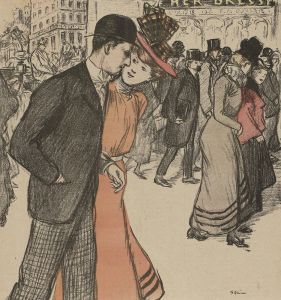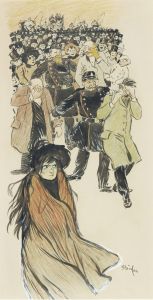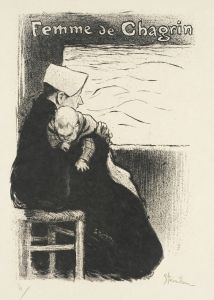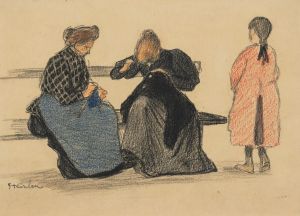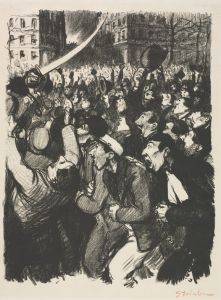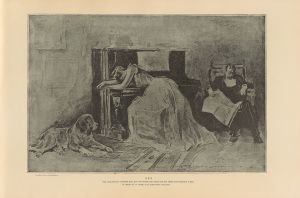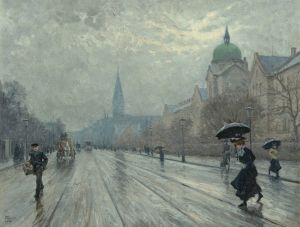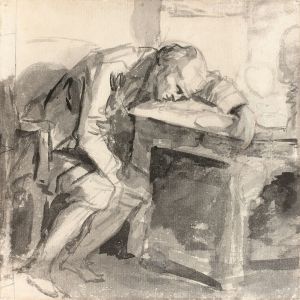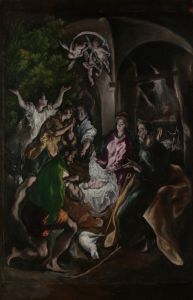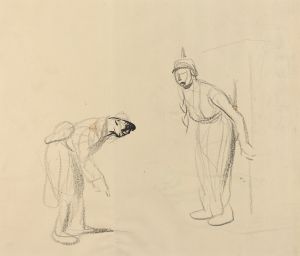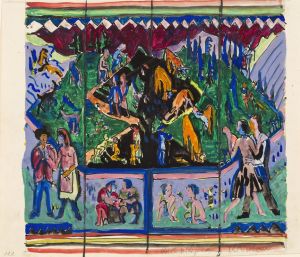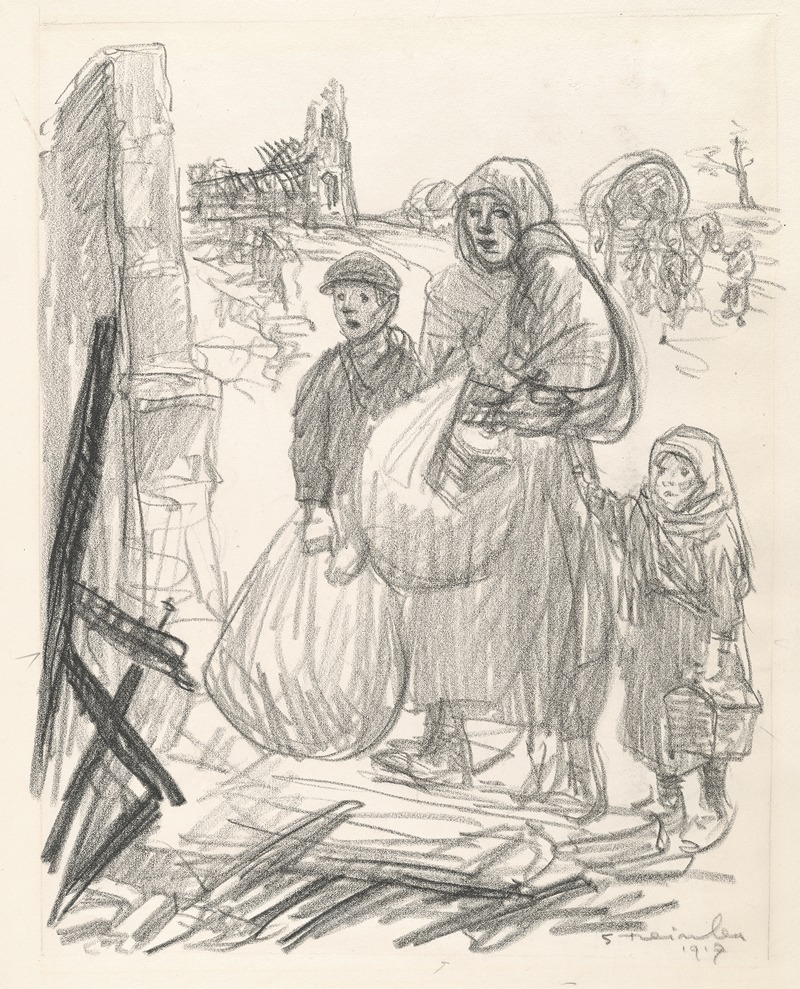
C’est ici, chez nous!
A hand-painted replica of Théophile Alexandre Steinlen’s masterpiece C’est ici, chez nous!, meticulously crafted by professional artists to capture the true essence of the original. Each piece is created with museum-quality canvas and rare mineral pigments, carefully painted by experienced artists with delicate brushstrokes and rich, layered colors to perfectly recreate the texture of the original artwork. Unlike machine-printed reproductions, this hand-painted version brings the painting to life, infused with the artist’s emotions and skill in every stroke. Whether for personal collection or home decoration, it instantly elevates the artistic atmosphere of any space.
Théophile Alexandre Steinlen, a Swiss-born French Art Nouveau painter and printmaker, created the artwork C’est ici, chez nous! in 1898. This lithograph is a notable example of Steinlen's engagement with social and political themes, which were central to his body of work. The title, which translates to "This is our home!" in English, reflects the nationalist and anti-immigration sentiment prevalent in France during the late 19th century.
The artwork was produced as a poster for the Ligue Antisémitique Française (French Anti-Semitic League), a far-right political organization active during the period. The poster depicts a French worker standing protectively in front of his family, with a determined expression and a hammer in hand. The imagery is designed to evoke a sense of national pride and defense against perceived threats to French identity. The text and visual elements of the poster align with the xenophobic and anti-Semitic rhetoric that was widespread in certain segments of French society at the time, particularly during the Dreyfus Affair, a political scandal that divided France from the 1890s to the early 1900s.
Steinlen is best known for his contributions to the Art Nouveau movement and his depictions of working-class life in Paris, particularly in the Montmartre district. While much of his work celebrated the struggles and dignity of the proletariat, C’est ici, chez nous! stands out as a controversial piece due to its association with nationalist and exclusionary ideologies. This poster is often studied in the context of the political and social climate of fin-de-siècle France, as well as the role of art in propagating political messages.
Steinlen's broader oeuvre includes a wide range of subjects, from charming depictions of cats to poignant portrayals of urban poverty. Despite the troubling associations of C’est ici, chez nous!, his work as a whole is celebrated for its technical skill and empathetic portrayal of everyday life. This particular piece, however, serves as a reminder of the complex interplay between art and politics, and the ways in which visual media can be used to influence public opinion.
Today, C’est ici, chez nous! is studied as a historical artifact that provides insight into the cultural and political tensions of late 19th-century France. It is an example of how art can reflect and amplify the ideologies of its time, for better or worse.





